May 9, 2014
PhD Defence (Layman’s talk), Wageningen, The Netherlands
Abstract
Halfway the 20th century, groundwater management in agricultural areas led to channelisation of the majority of lowland streams in the Netherlands. This has led to degradation of the aquatic and terrestrial ecosystems, characteristic for lowland streams. Over the past 25 years, water authorities in the Netherlands have aimed at restoring these degraded streams. Historical maps show that many lowland streams consist of a meandering planform. Re-meandering is the common practice regarding stream restoration in the Netherlands. Little is known about the morphological processes following the completion of such stream restoration projects. The aim of this thesis is to characterize the morphodynamic developments of restored lowland streams, with a focus on meander processes. Field data was obtained from five study areas, located in the Netherlands. Two chapters focus on the processes related to initiation of meandering of lowland streams. A historical analysis is of a once straight man-made canal and alternate bar dynamics are studied in a straight lowland stream. The results from these two field sites show that it is likely that the sinuous planform observed on historical maps is a result from exogenous influences, rather than autogenous processes. Three chapters focus on the short-term morphological response of re-meandered streams. In general, the studied lowland streams show little morphological activity. The observed morphodynamics occur mainly in the first year after construction and are caused by backwater effects and floodplain heterogeneity. After initial morphological adjustments, the channel planform remains stable. The rapid establishment towards a near-equilibrium state within the reconstructed streams is at odds with the view on lowland streams as small rivers migrating actively in their own deposits. The term re-meandering may be misleading, because of the connotation with channel meandering in time. The steadiness of the channel planforms has not been extensively demonstrated over geological time scales. This study has focused on short-term observations, since engineering time scales are more relevant for stream restoration practitioners.
×
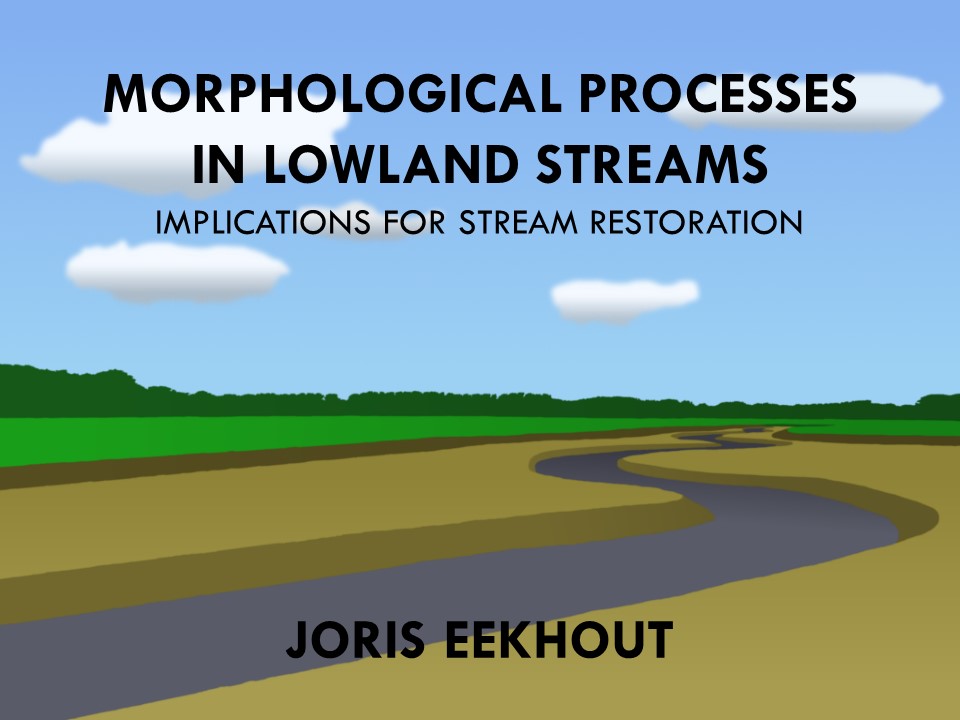
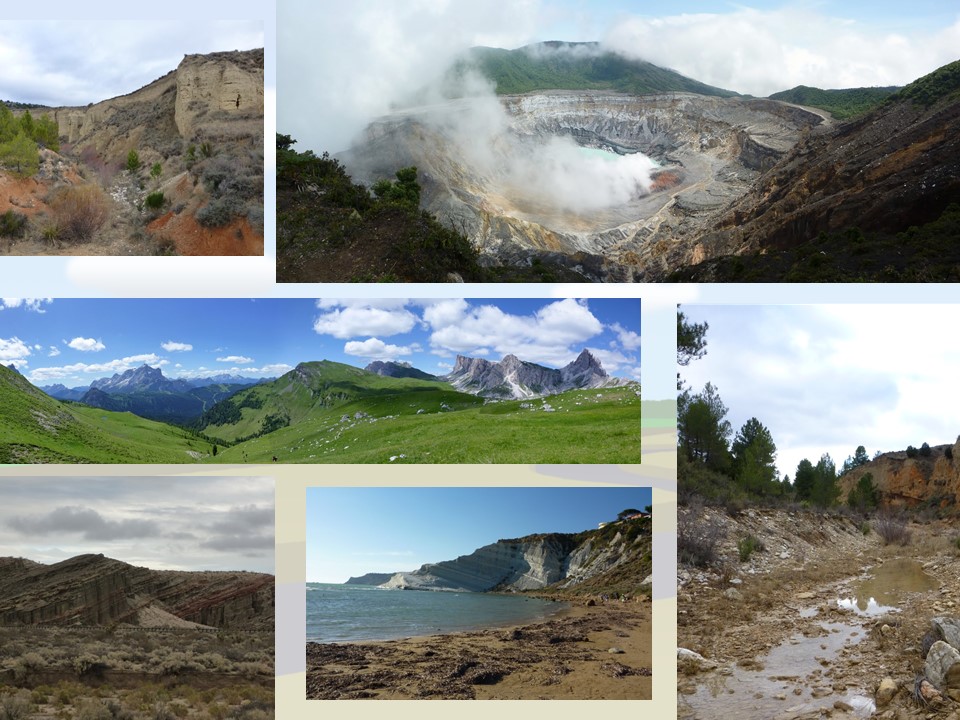
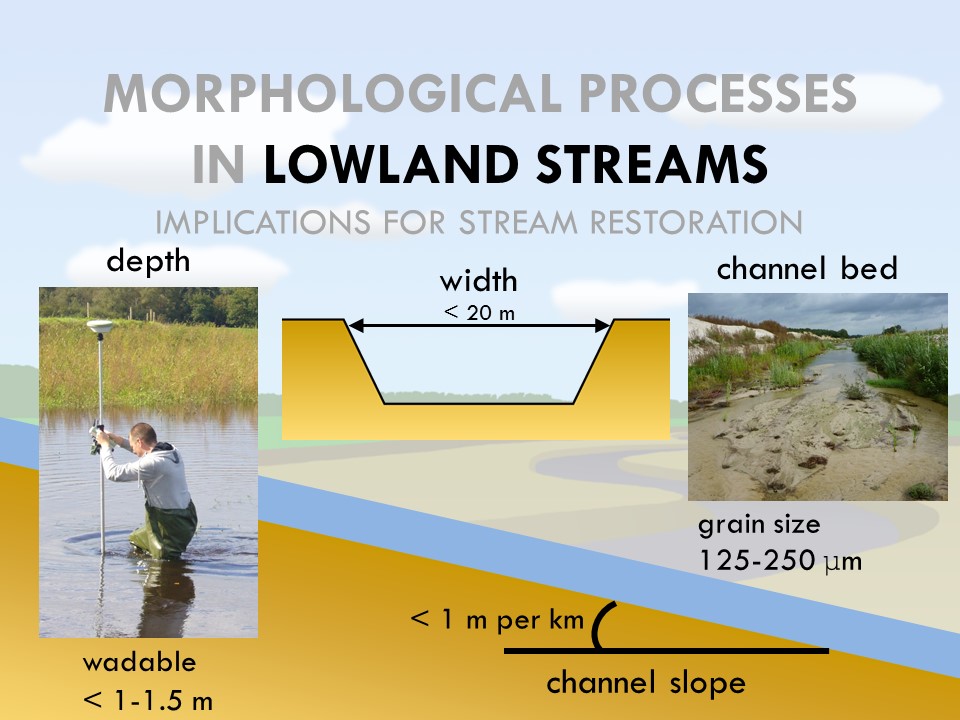
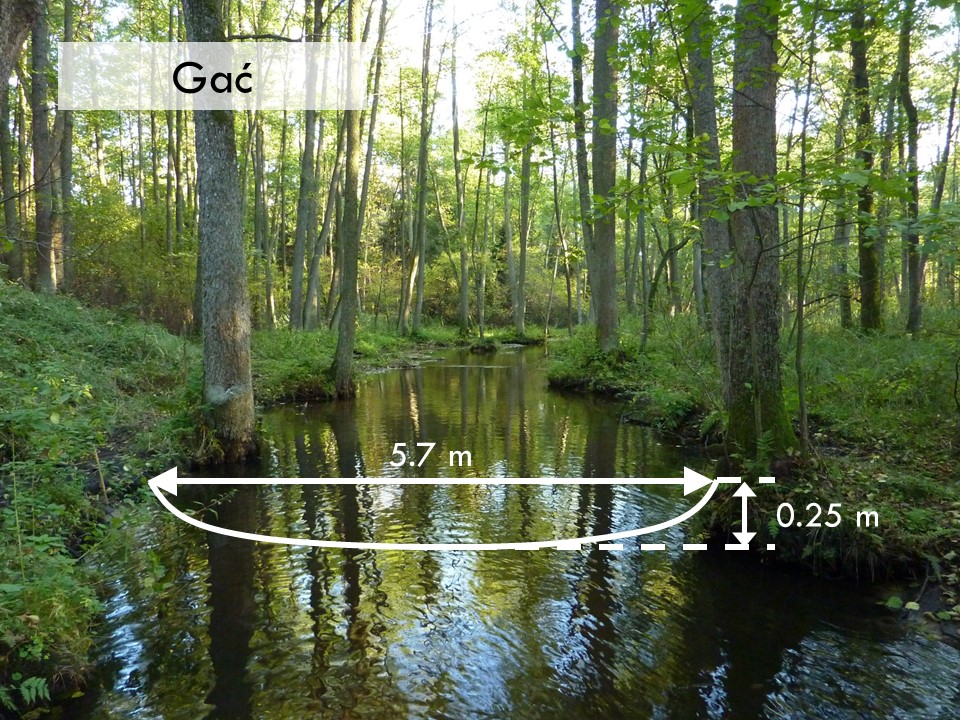
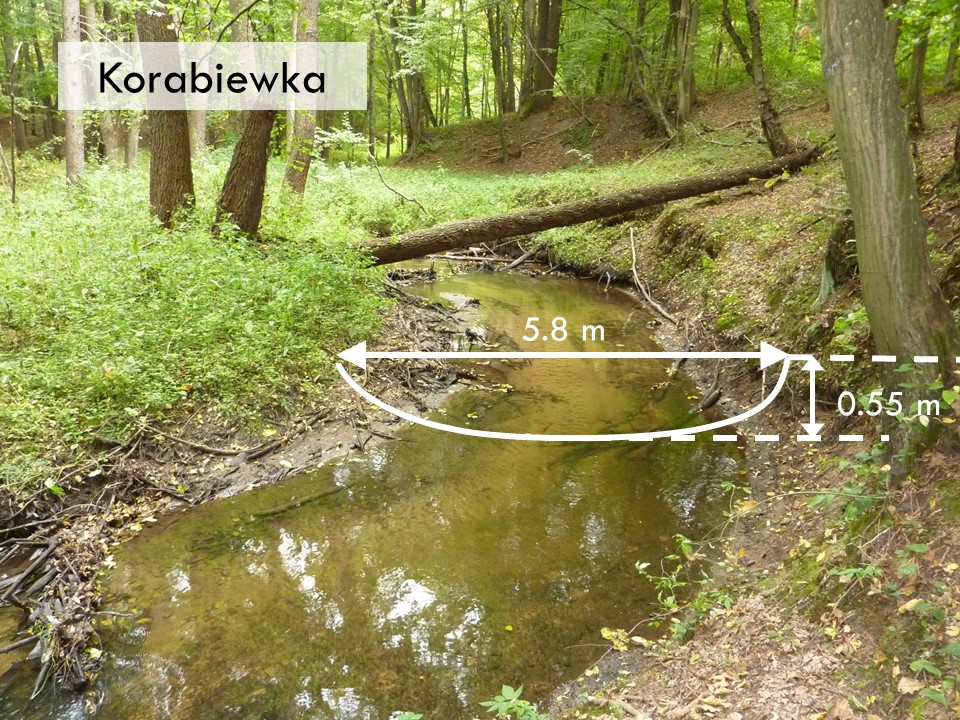
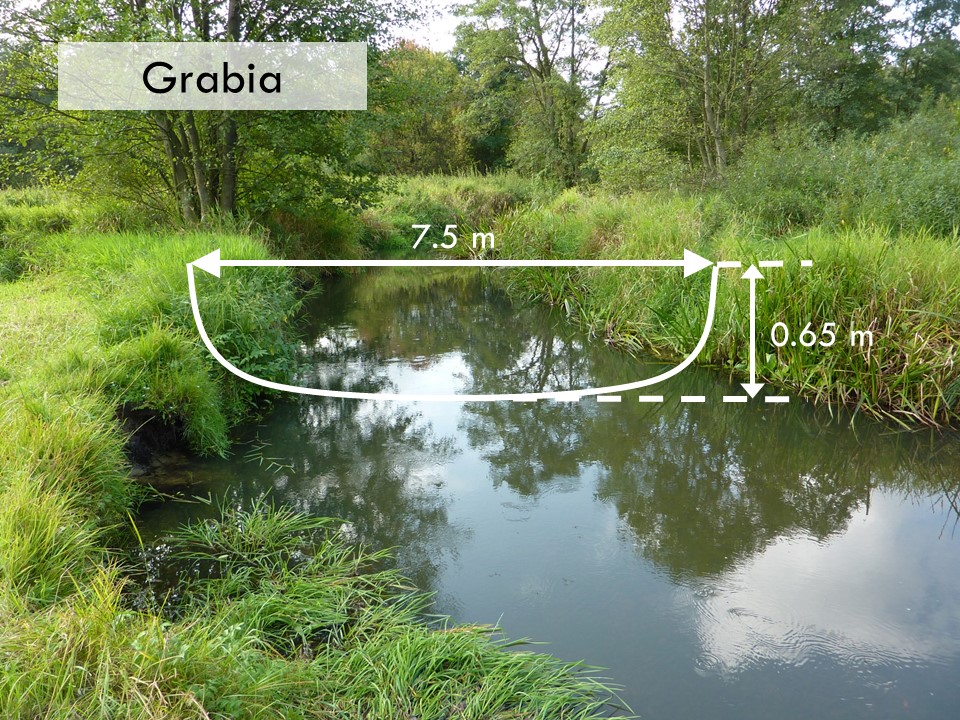
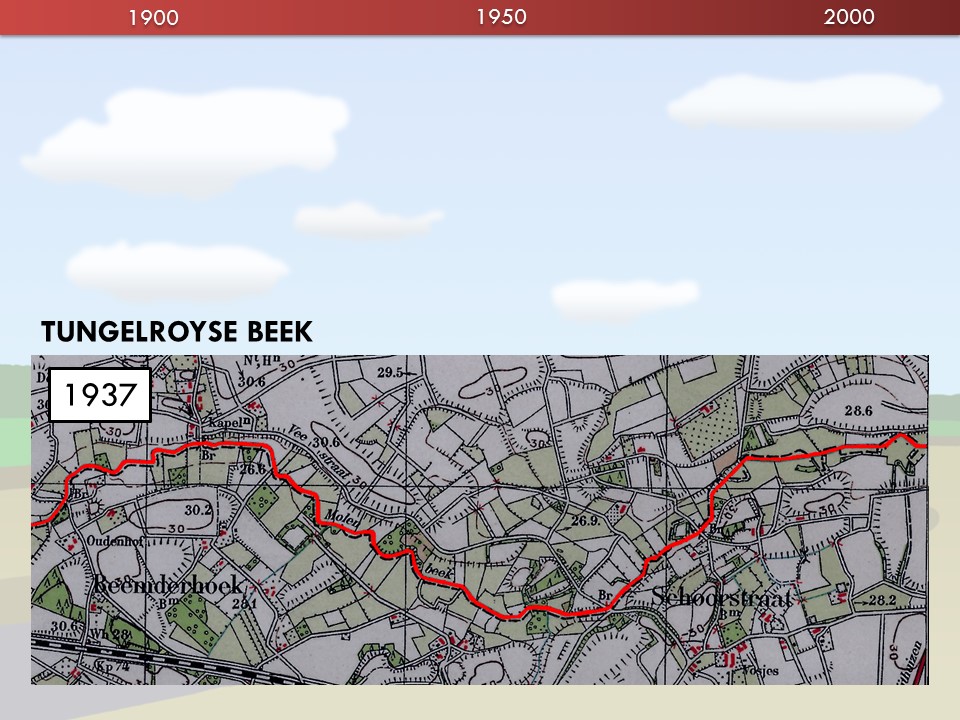
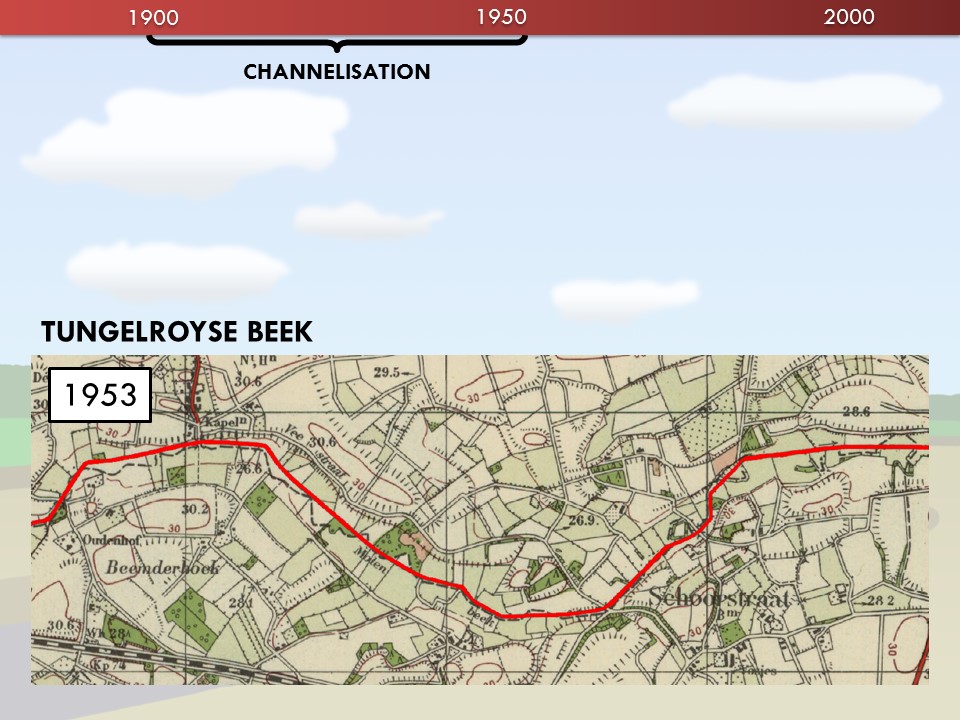
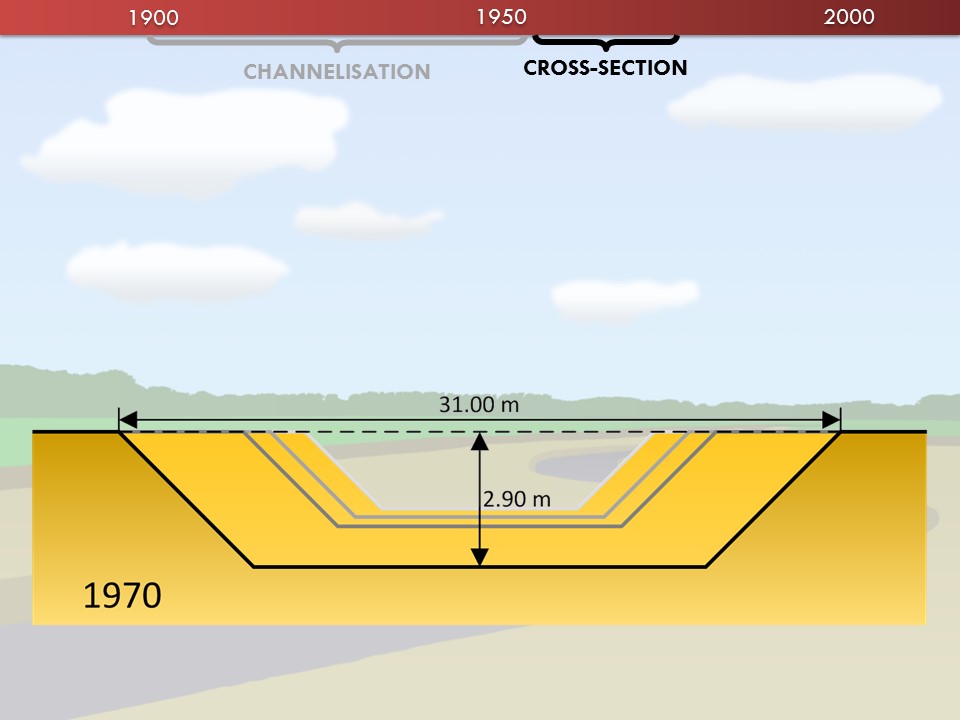
















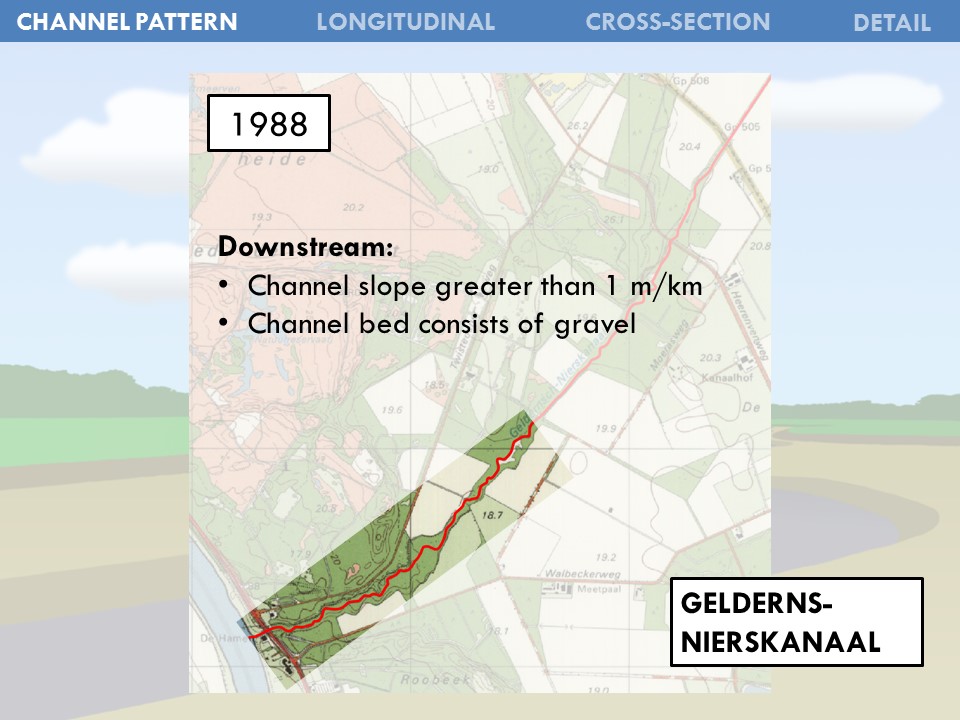
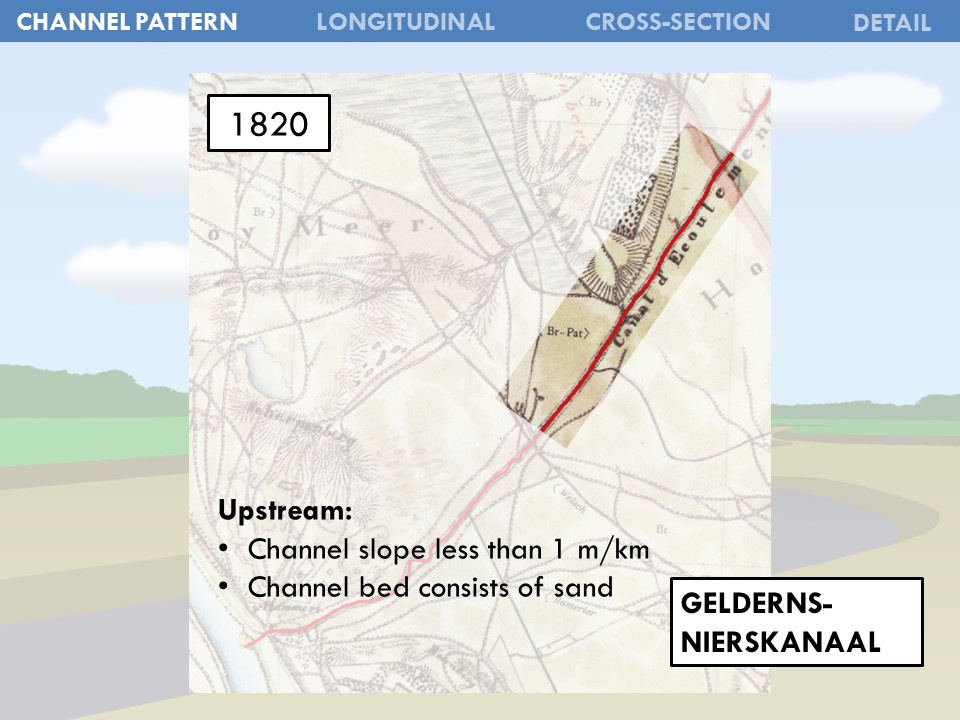
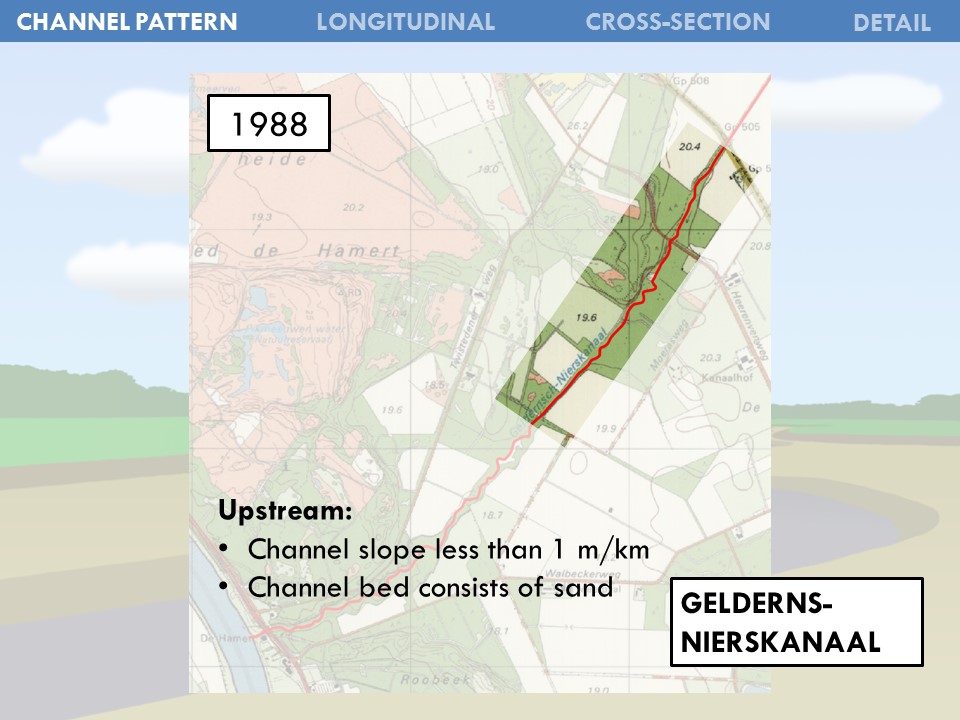
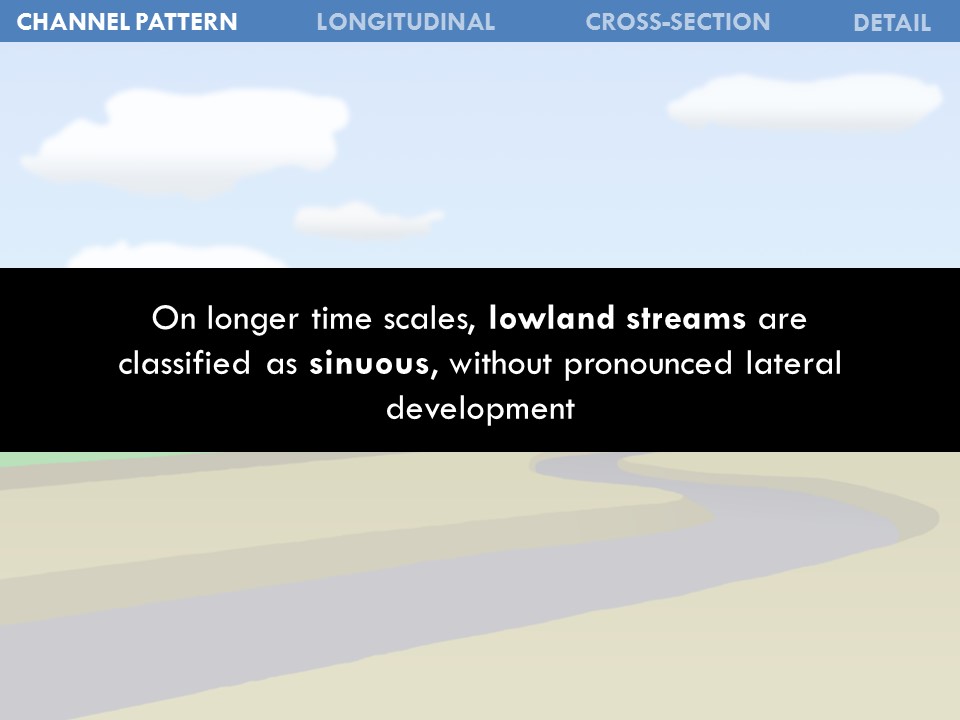
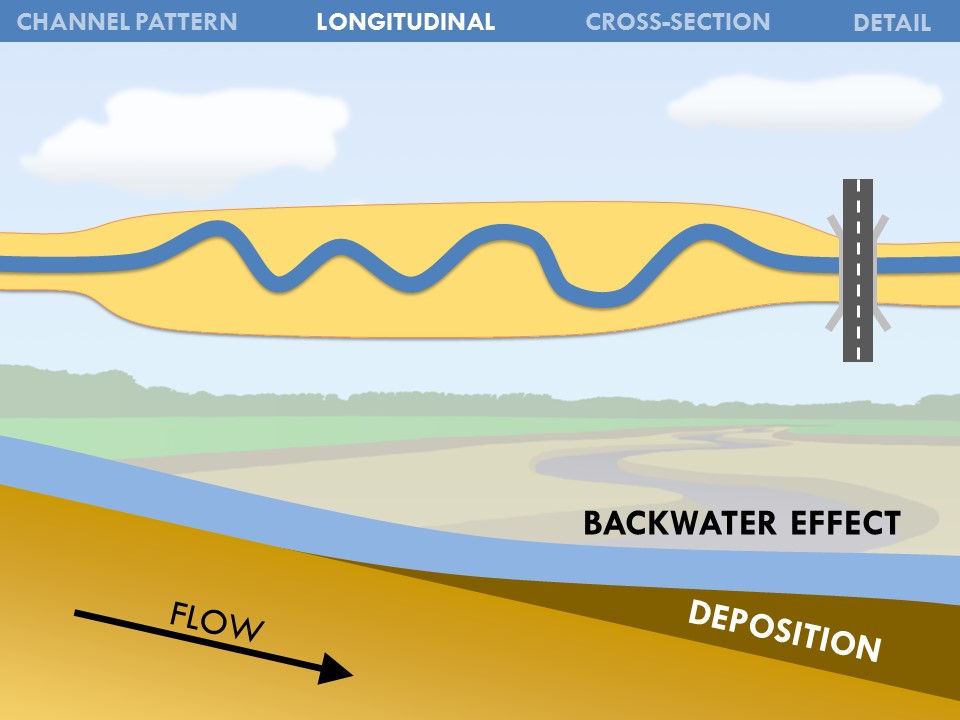
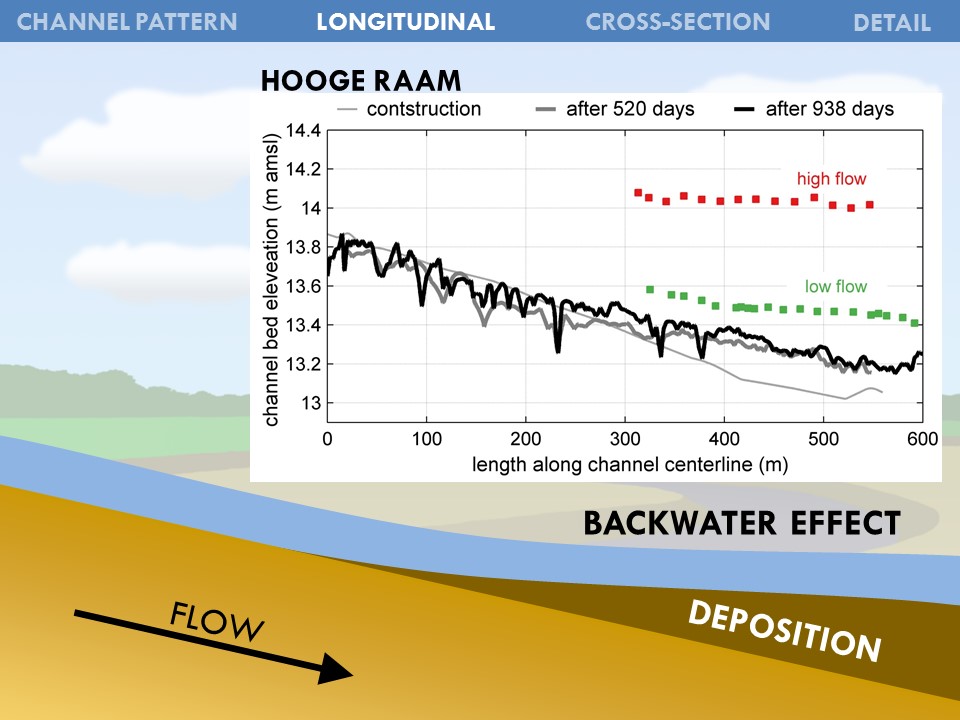
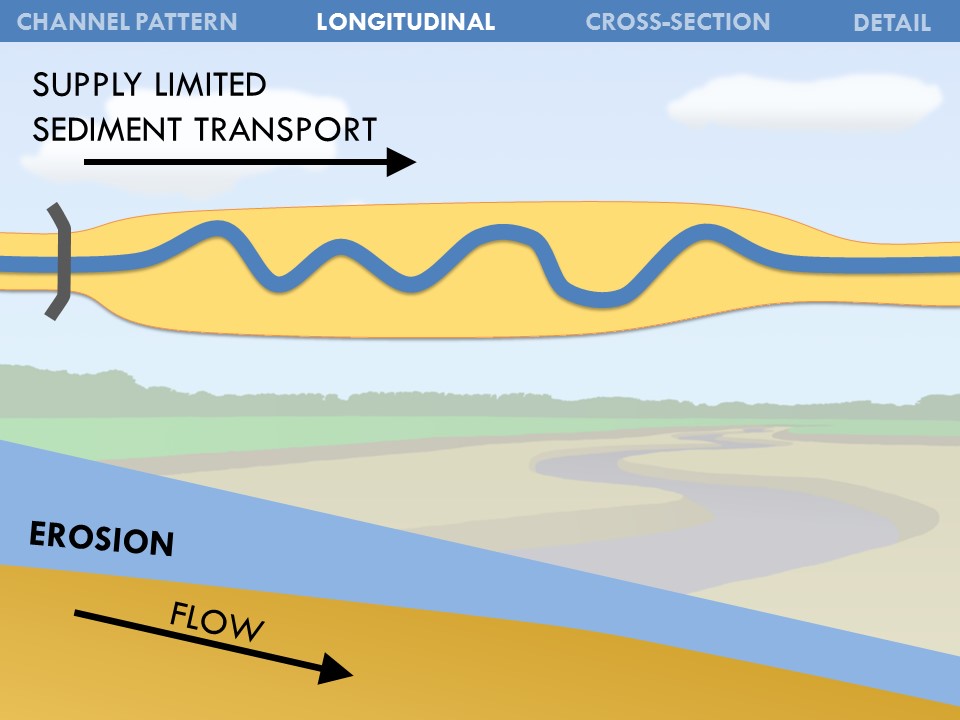
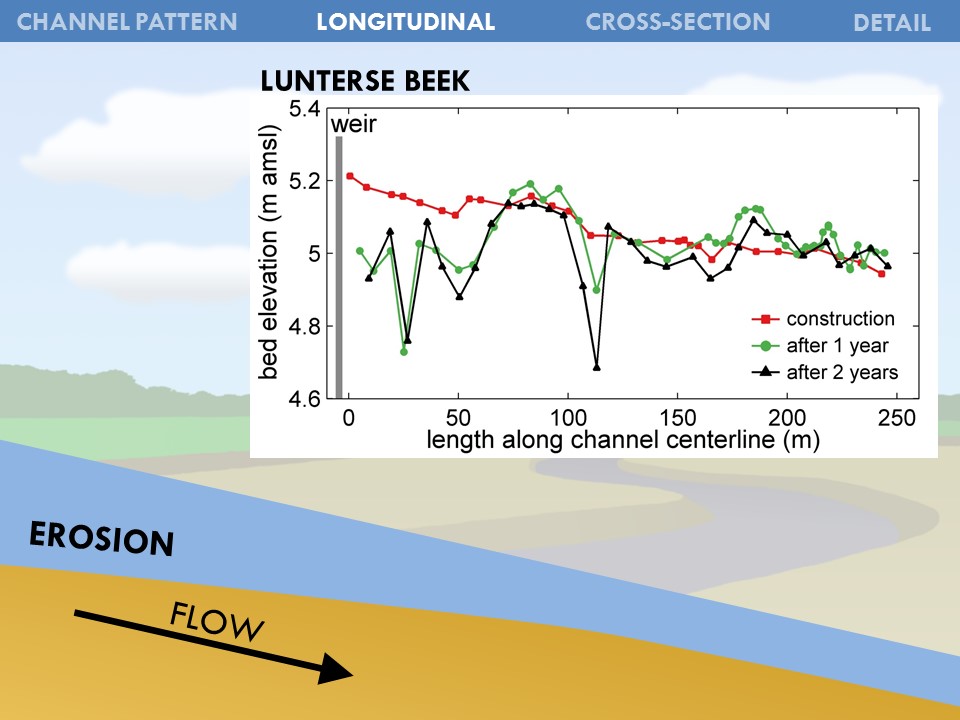
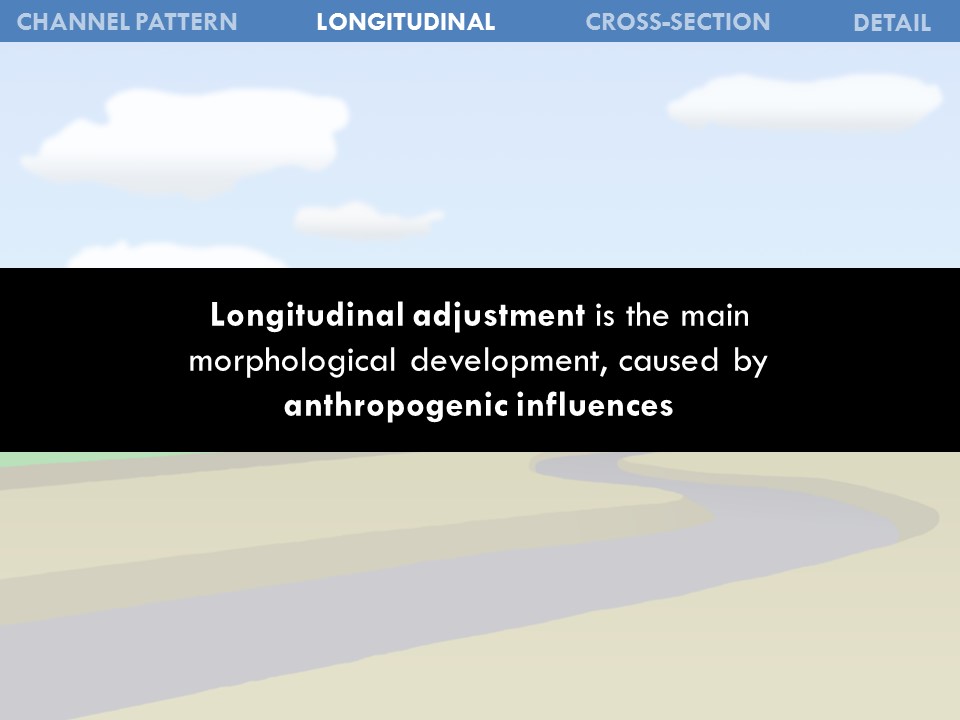
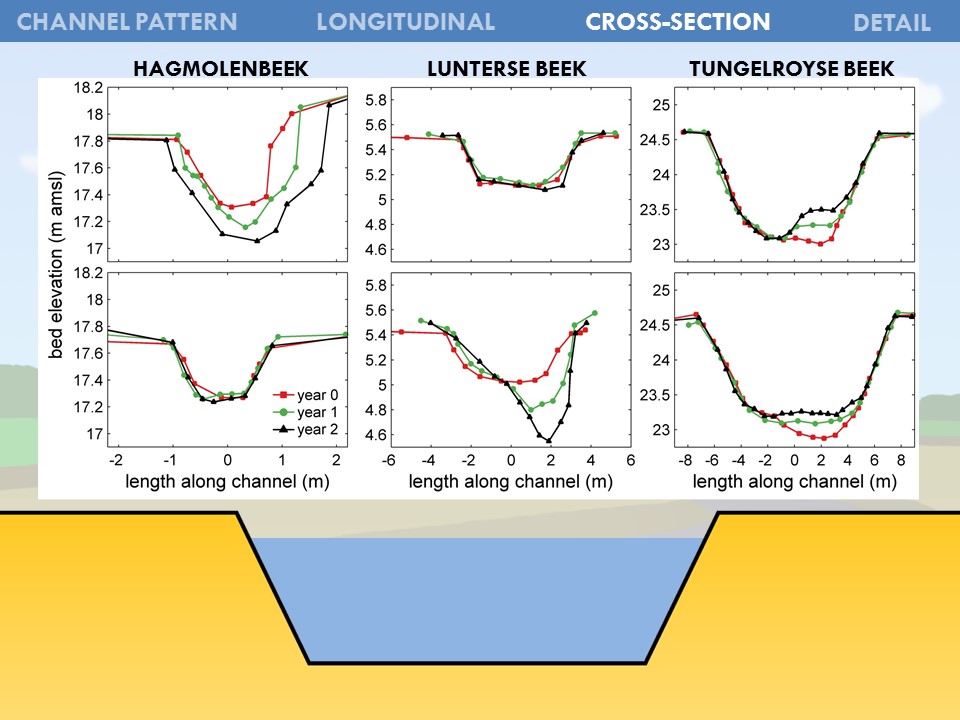
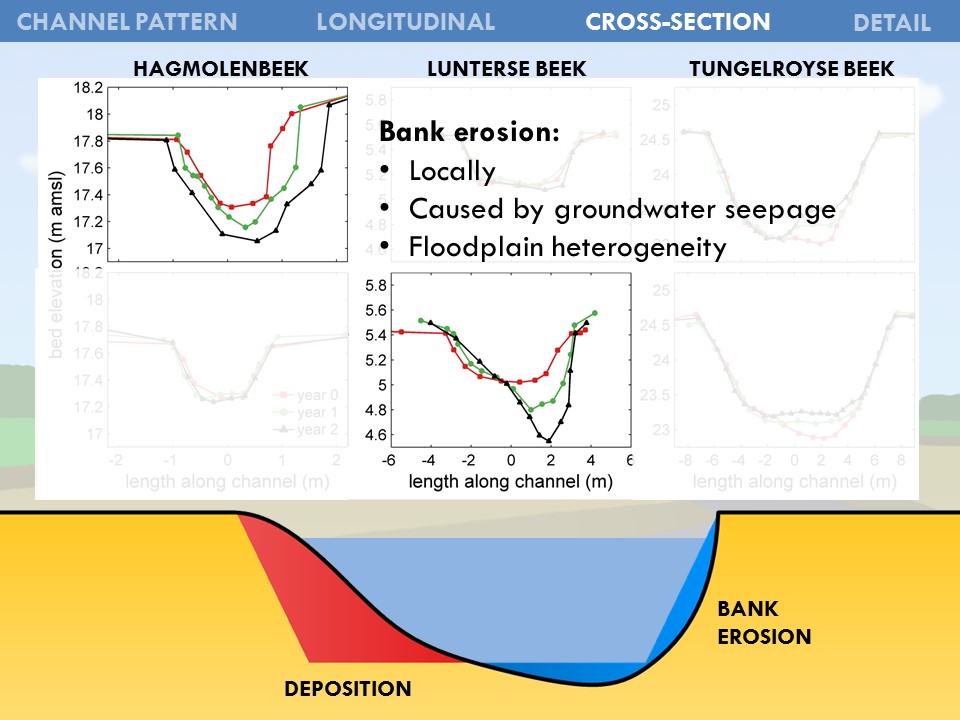
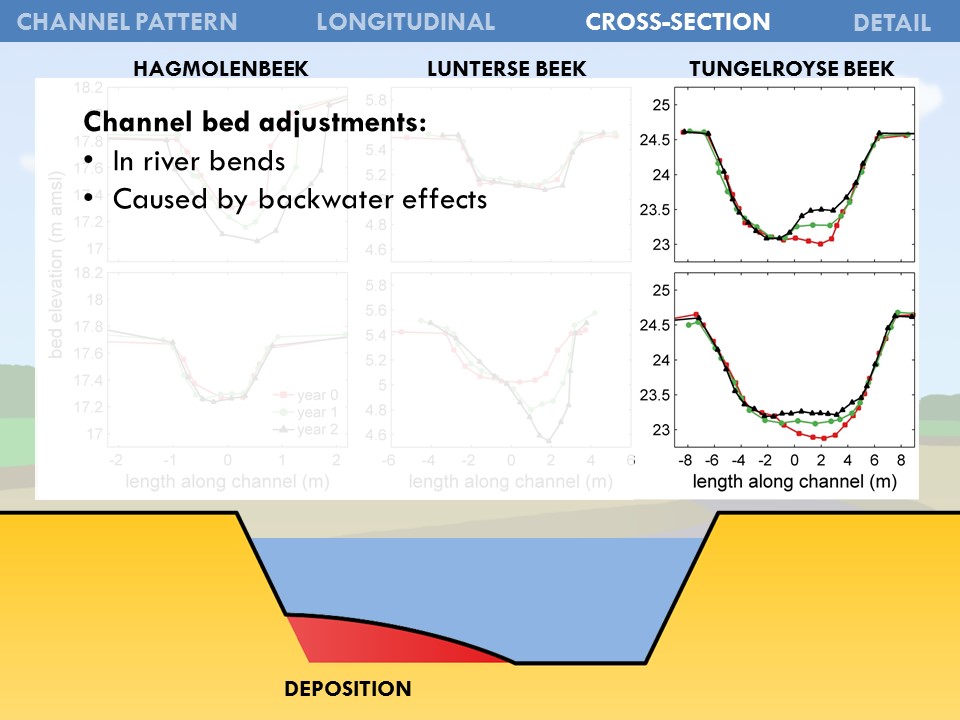
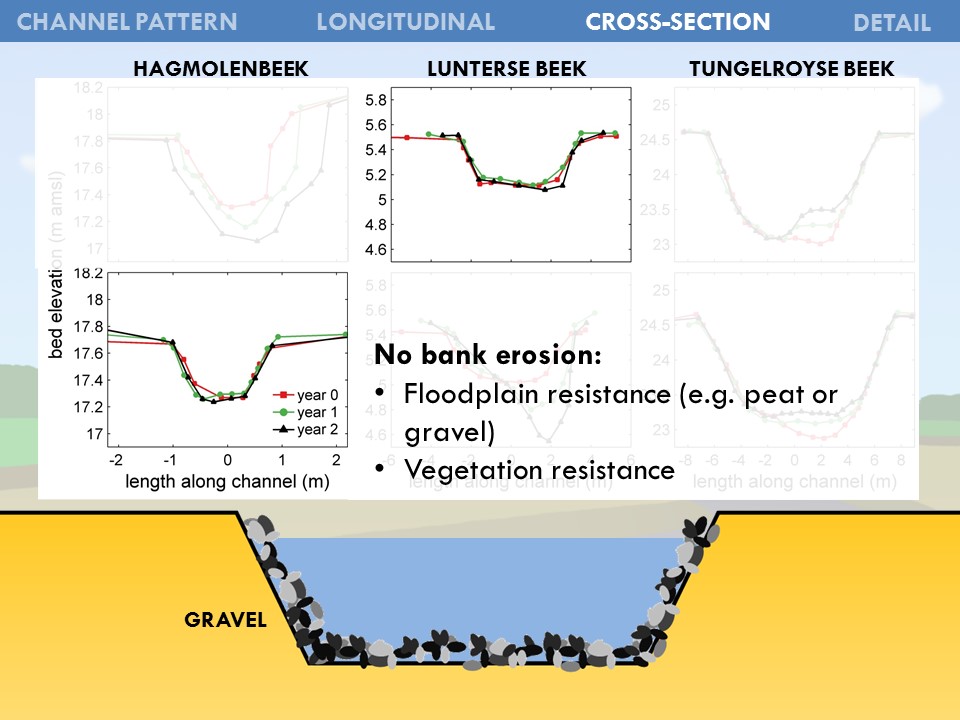
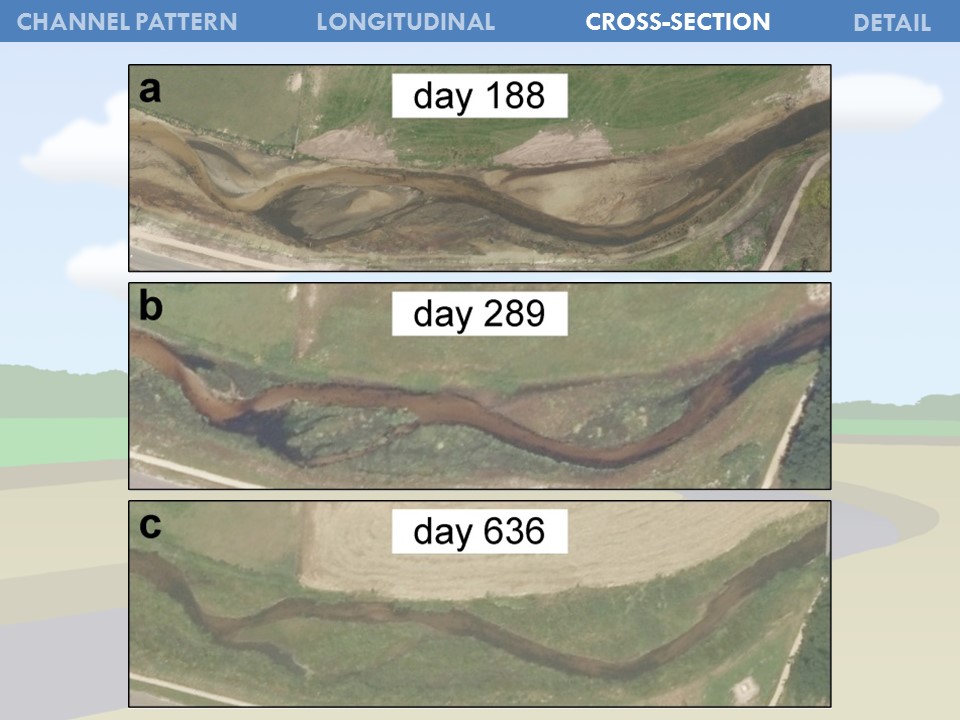
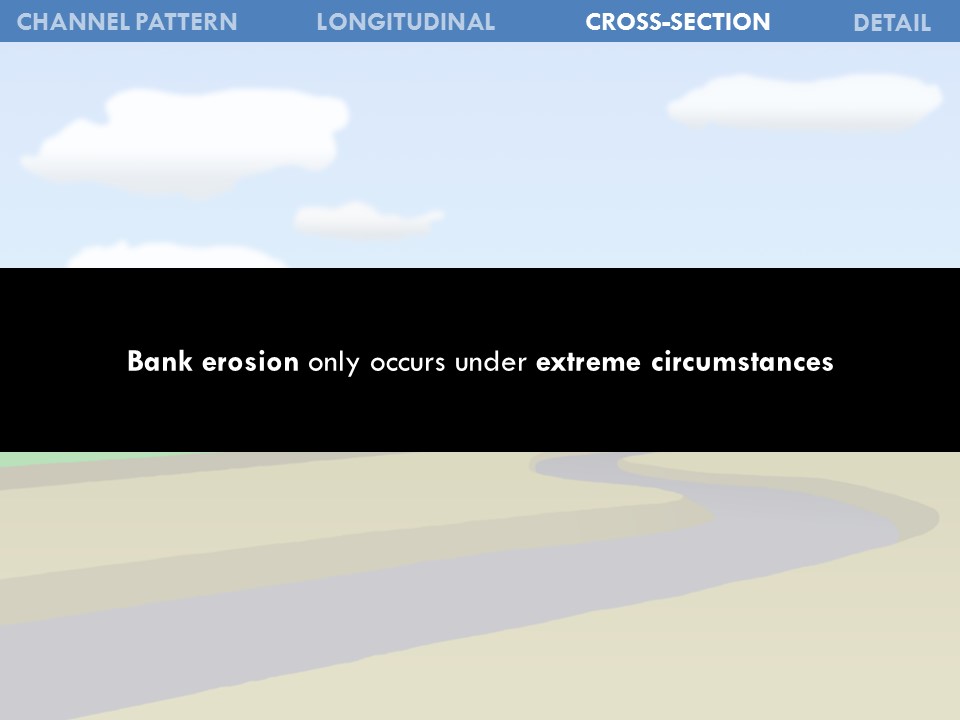
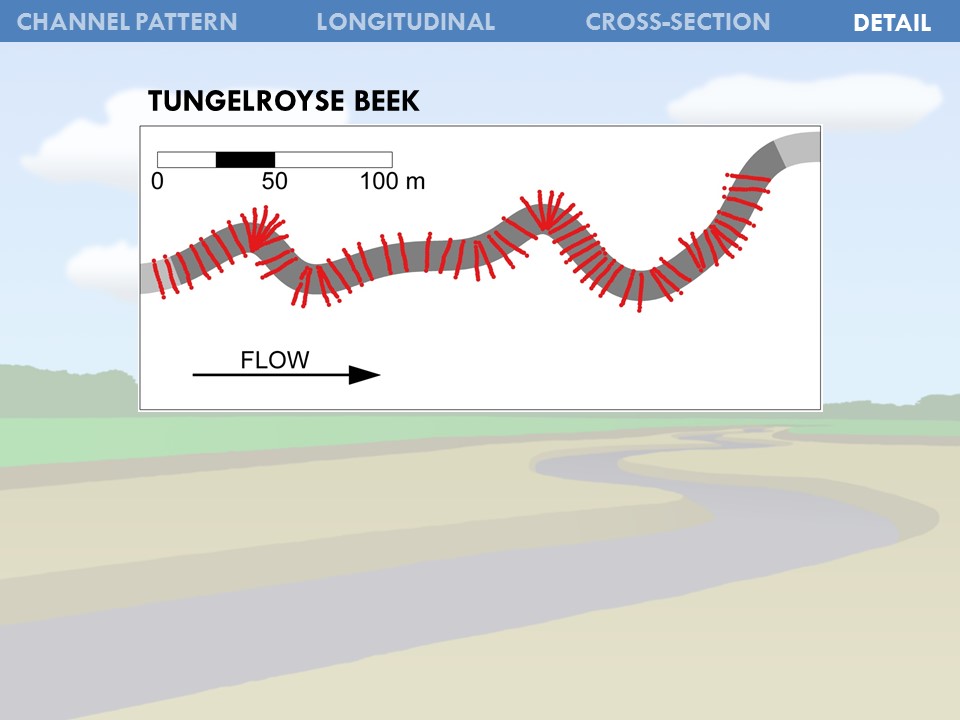
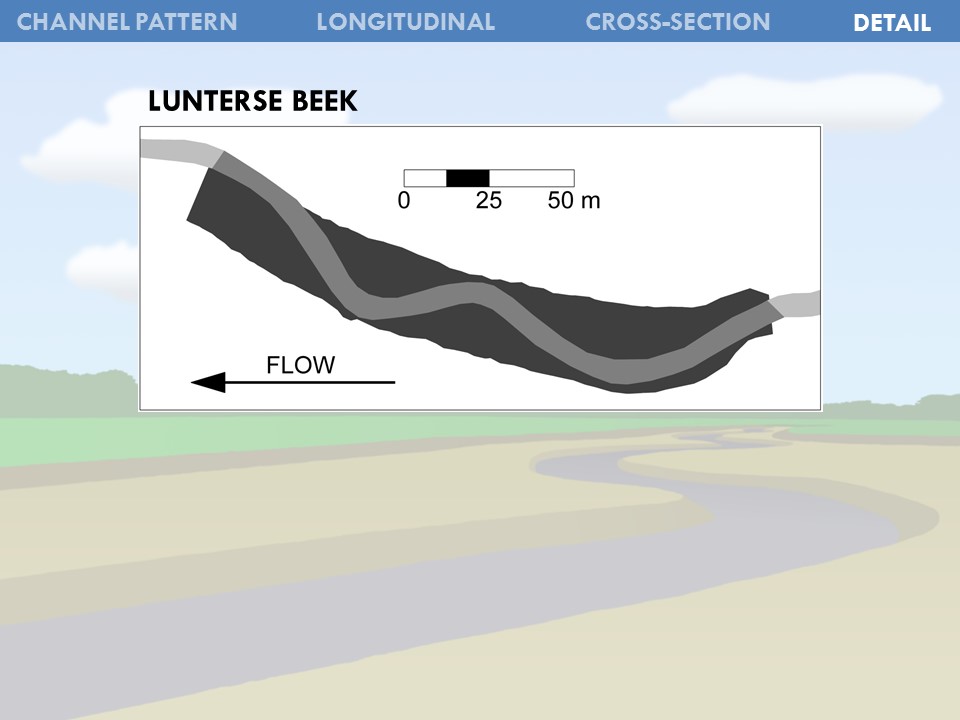
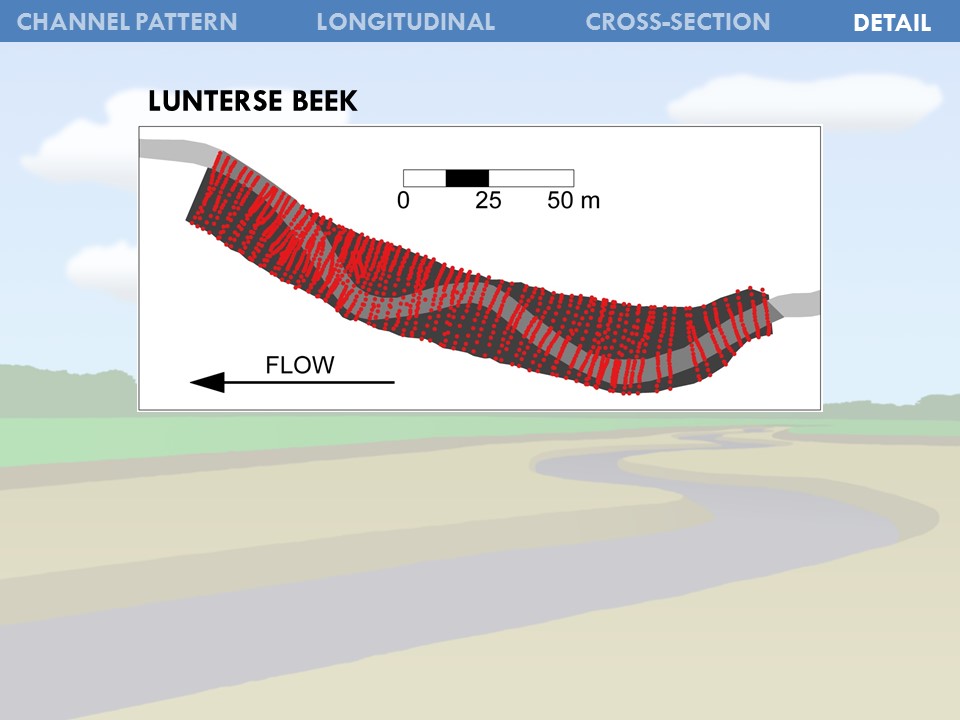
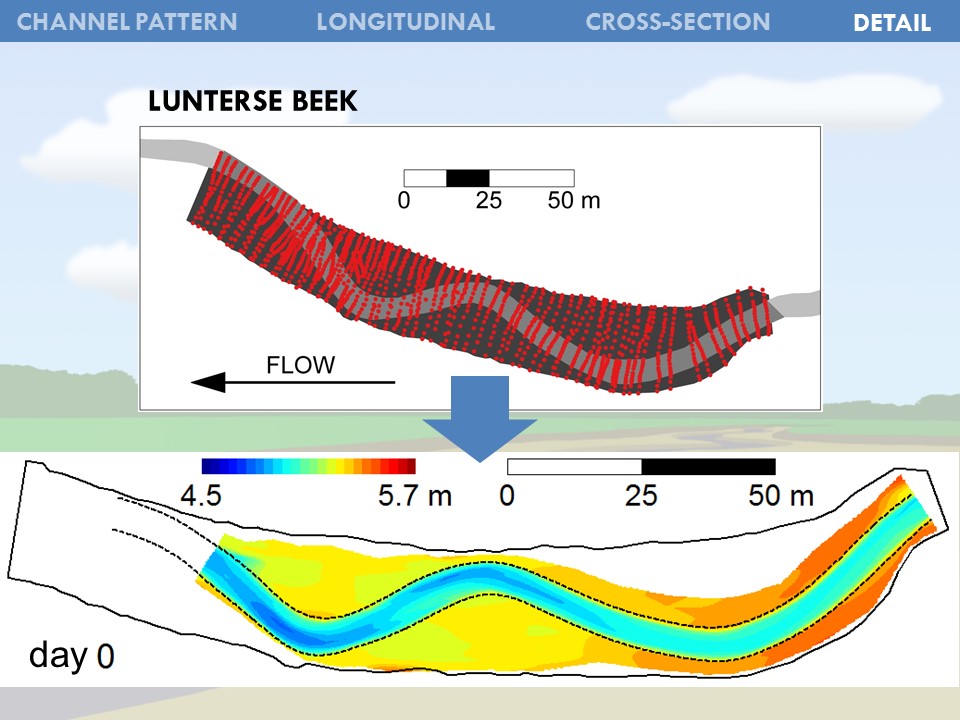
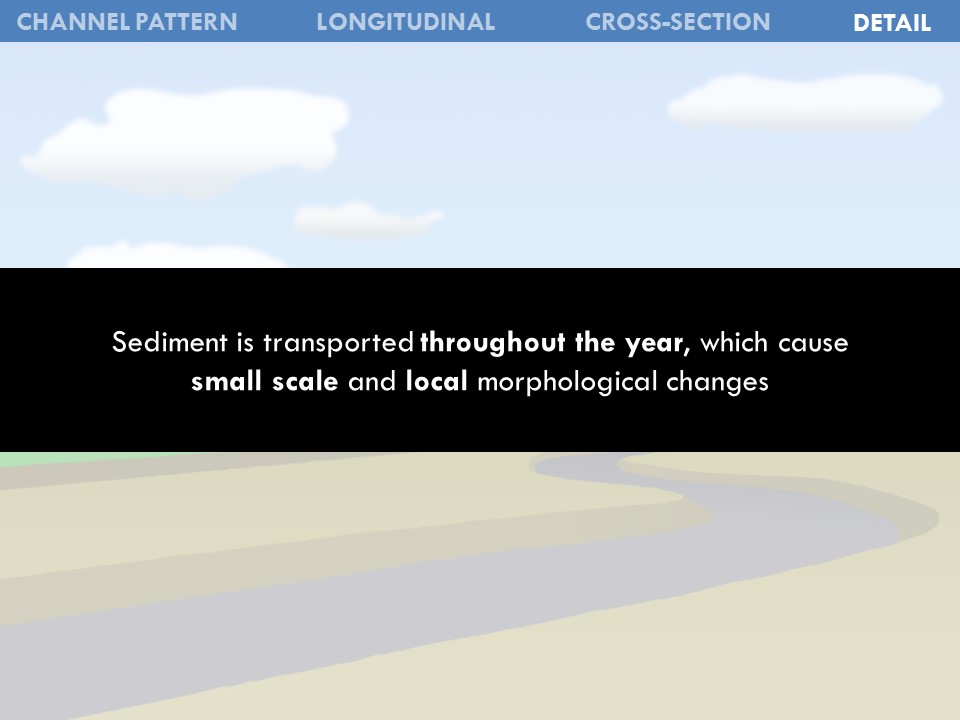
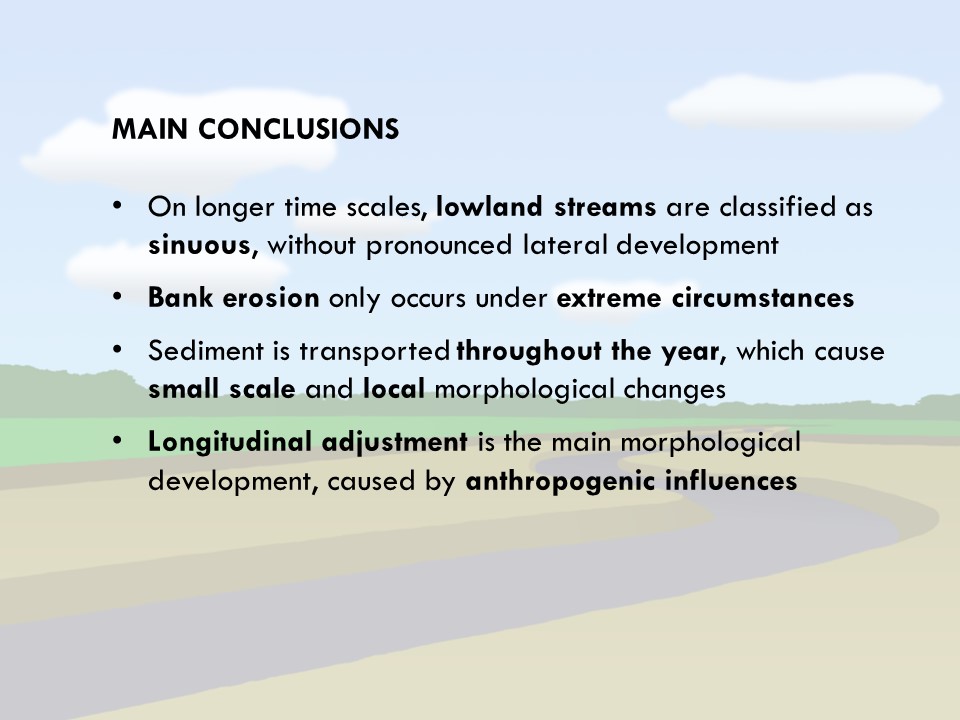
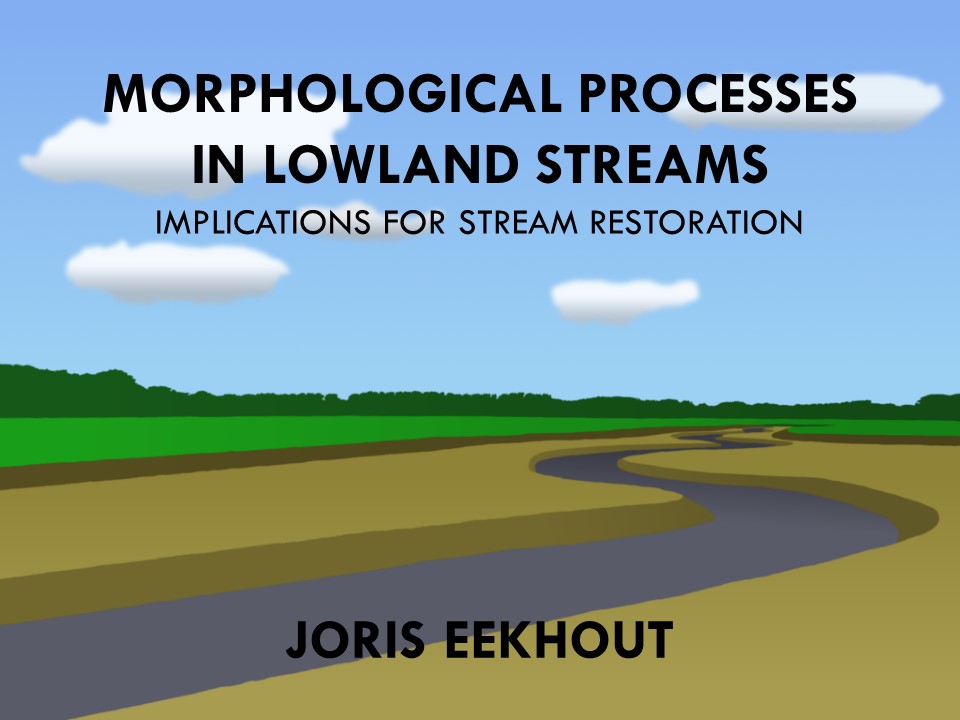
1/47
This is the presentation I gave during my PhD defence. It is a layman's talk and it gives an overview of the work I did during my PhD, which focussed on morphological processes in lowland streams, within the setting of stream restoration
2/47
During my PhD I focussed on morphological processes, which can be found in a lot of different environments, not only in small streams
3/47
These are the typical characteristics of lowland streams, which are wadable, have a width less than 20 meters, with a channel bed consisting of fine sand and a channel slope smaller than 1 meter per kilometer
4/47
I have visited four natural lowland streams in Poland, these slides show the typical dimensions (widht and depth) of these streams
5/47
I have visited four natural lowland streams in Poland, these slides show the typical dimensions (widht and depth) of these streams
6/47
I have visited four natural lowland streams in Poland, these slides show the typical dimensions (widht and depth) of these streams
7/47
In the Netherlands, lowland streams used to have similar characteristics as the Polish streams. On historical maps you can see the typical sinuous channel planform, like here of the Tungelroyse beek, one of the streams I performed fieldwork
8/47
However, almost all lowland streams in the Netherlands have been channelised in the period 1900 - 1960
9/47
Furthermore, the cross-sectional dimensions increased in the 60s and 70s of the last century
10/47
Weirs were constructed to control water levels during perids of low flow, which resulted in siltation of the chanenl bed
11/47
During high flow the weirs were lowered to prevent flooding, which resulted in high flow velocities
12/47
Summarising, channel adjustments in lowland streams lead to an increase of flow variation, an increase of flow depth and siltation of the channel bed, which all are detrimental for stream ecology
13/47
From the 1970s, lowland streams are being restored with the objective to increase the ecological status and to increase the retention of water within the catchment. Stream restoration started with planting of trees on the channel banks
14/47
Later the sinuous channel planform was restored, often based on the planform from historical maps
15/47
The most recent innovation is the lowering of the floodplains, to increase the width of the stream during high flows
16/47
Morphological development was rarely considered within stream restoration design, this is mainly the result of a lack of knowledge on the main morphological processes after stream restoration. That is why my objective was to identify, quantify and understand the morphological processes in lowland streams
17/47
I have focussed my research on five lowland streams, which all are located on sandy soil
18/47
The five study sites can be divided into three catogories: re-meandering projects, a field experiment and a historical analysis
19/47
In the re-meandering field sites I implemented a standerdized monitoring plan, which consisted of yearly morphological surveys, continuous discharge and water level measurements and sediment sampling at the start and end of the monitoring period
20/47
The morphological surveys I did with GPS equipment and I measured 30-65 cross-sections per survey. The analysis of these data focussed on evolution of the channel bed and channel width
21/47
Next I will explain something about the field experiment
22/47
The field experiment was performed in the Hooge Raam. Here a straight shallow stream was constructed where alternate bars formed within months after construction. The morphological surveys were more detailed, with a higher temporal and spatial resolution
23/47
The historical analysis was performed in the Gelderns-Nierskanaal, which is a canal constructed in 1770 with the purpose to lower peak discharges in the river Niers
24/47
The main focus was on historical maps, but I also analysed a Digital Elevation Model and collected field data
25/47
This slide shows the first historical map and shows that in downstream half of the canal meandering processes initiated soon after construction
26/47
Ultimately, resulting in an active meandering channel within 200 years time. The downstream part does not have the typical characteristics of lowland streams with a much higher slope and a channel bed consisting of gravel
27/47
The upstream part is comparable with most lowland streams, with a slope less than 1 meter per kilometer and a sandy channel bed
28/47
Here very little meandering processes developed since construction in 1770, with only a few meanders and no bend cutoffs, like in the downstream part
29/47
From this I conclude that on longer time scales, lowlandstreams are classified as sinuous, with little meander development
30/47
The following slides will focus on the insights from the monitoring of the stream restoration projects. The most pronounced development I have recorded is changes in the longitudinal profile. This is often the result of backwater effects and causes siltation of the channel bed
31/47
This typical morphological development occurred in the Hooge Raam, where a backwater developed as a result of channel narrowing just downstream of the study site
32/47
Related to this is erosion of the channel bed, just downstream of weirs, which is often the result of supply limited conditions
33/47
In the Lunterse beek a weir was present just upstream of the stream restoration project and soon the channel bed at the upstream part started to erode
34/47
The second conclusion is that longitudinal development is the main morpholgical response after stream restoration and are often caused by anthropogenic influences, such as channel narrowing and weirs
35/47
Next, I focussed on the morphological development of the cross-sectional profile. These six images show examples of the three re-meandering streams
36/47
The most typical development of meandering streams is erosion of the outer bank and deposition of the inner bank. This I observed in two streams, but only locally and caused by groundwater seepage or floodplain heterogeneity
37/47
I also observed adjustments of the channel bed, without bank erosion. This often occurs in chanenl bends and is caused by backwater effects
38/47
But in the majority of the cross-section I did not observe changes, which could be the result of floodplain resistance or by the presence of vegetation
39/47
These aerial photos show how vegetation developed in the floodplain of the Lunterse beek. Most often, after 2 years the floodplain is covered by vegetation
40/47
The third conclusion is that bank erosion only occurs under specific circumstances and that cross-sectional development is very rare in lowland streams
41/47
In two of the re-meandering streams I measured the morphology in cross-sections
42/47
In the Lunterse beek, I performed more detailed surveys, mainly in this section of the stream
43/47
Here, I also measured the morphology in the floodplain
44/47
From these measurements I was able to construct a Digital Elevation Model and could analyse more detailed morphological developments
45/47
I conclude that morphological development is taking place throughout the year, where locally small changes are occuring
46/47
These are the four main conclusions of my PhD thesis
47/47
Thanks for your attention